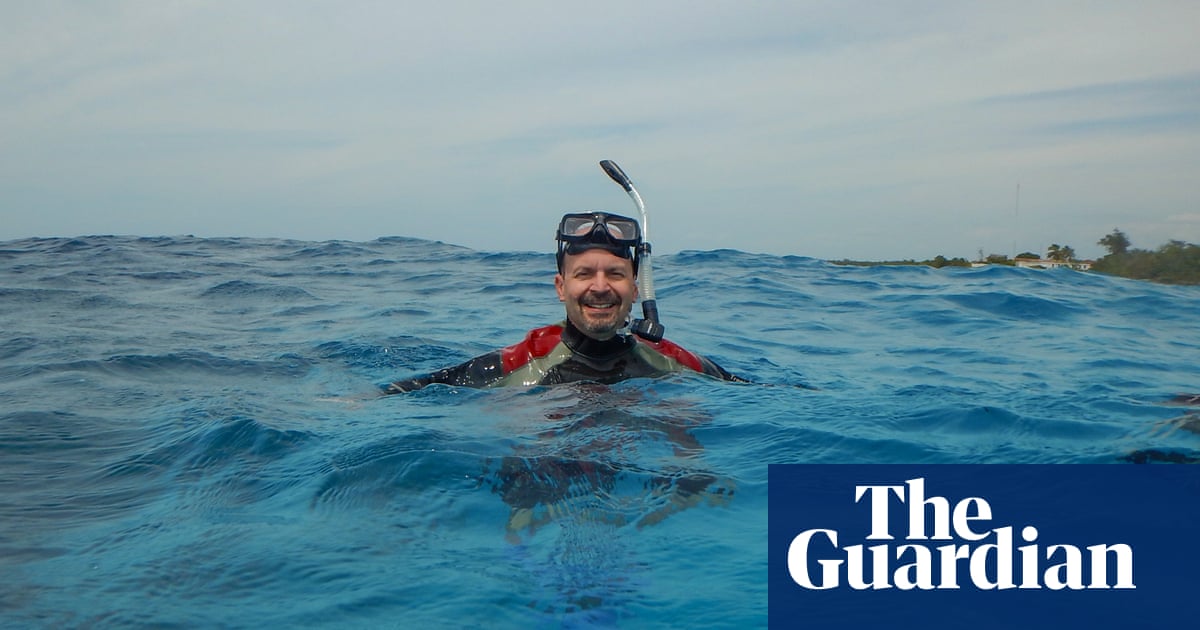I first encountered whale poop 30 years ago while I was working on a right whale research project. On one of my first days on the water, in the Bay of Fundy, in eastern Canada, we came upon a feeding male right whale with mud on its head â or bonnet â a sign that it had been feeding at the bottom of the bay. It had come up to breathe and rest.
Just before it dived in again, it released this enormous faecal plume.
There were gallons of poop in that water. It looked like red floating bricks. The smell was overwhelming. Some whale poop smells like brine and seawater, but with right whales, thereâs a strong smell of sulphur.
If you get that poop on your clothes, you have to throw them away. Youâre never going to wash it out.
I didnât know it then, but that faecal plume would later spark my global search for whale faeces, from Iceland to Mexico, Alaska and Hawaii.
Since then, Iâve learned that whale faeces can tell us not only about the diet of a whale, but also about their hormones and reproductive status. It can reveal the whaleâs stress levels, gut microbiome and genetic lineage. It even allows us to look at the level of mercury and pollution in the ocean â everything from microplastics to parasite loads.
Ambergris, which is formed in the hindgut of sperm whales when they digest squid beaks, is rare and extremely valuable. Since the 1970s, its trade has been restricted in many countries. But in the past, it was used to make perfumes, which were worn by Elizabeth I, Charles I and Casanova.
Whale faecal plumes can be neon green or bright red. At times, they sparkle with silver scales, like the sun glinting on the water. Every whale defecation is unique.
As for the smell, the poop of right whales is the strongest and foulest but I love the smell now.
It helped set the course for my research career. Two years after I saw whale poop for the first time, I took my first class in marine ecology and learned about one of the most important processes in the ocean, especially in carbon sequestration: the biological pump.
Phytoplankton, or algae, only grow near the surface of the ocean, where there is enough light for photosynthesis. Animals such as krill and copepods feed on it there and they are eaten by fish and even whales.
When this phytoplankton dies or is consumed, some of those nutrients are removed from the atmosphere and can sink to the bottom of the ocean. In this way, the biological pump plays an important role in moving carbon to the deep sea.
But I remember sitting there in class that day, thinking: thereâs something missing here. Right whales often feed at depth and poop at the surface, so theyâre likely bringing important nutrients like nitrogen, phosphorus and iron back up to the surface.
That set me off on the idea of a âwhale pumpâ â which weâve since discovered does the opposite of the biological pump. It pumps nutrients back up to the surface.
These nutrients can get picked up by phytoplankton and go through the entire ocean food chain. This is important because one of the justifications for whaling in Japan, Norway and Iceland is that whales eat âour fishâ, therefore if there are too many whales, there will be a decline in fisheries.
The whale pump demonstrates itâs more complicated than that â and that the presence of whales in the ocean might actually increase fish populations.
As well as helping us to understand the state of the present ocean, whale poop gives us a glimpse into the past ocean and what it was like when there were hundreds of thousands of whales in the sea. If we can restore whales and the nutrient pathways that historically existed through their poop, it could help support more biodiversity in the ocean.
As told to Donna Ferguson



